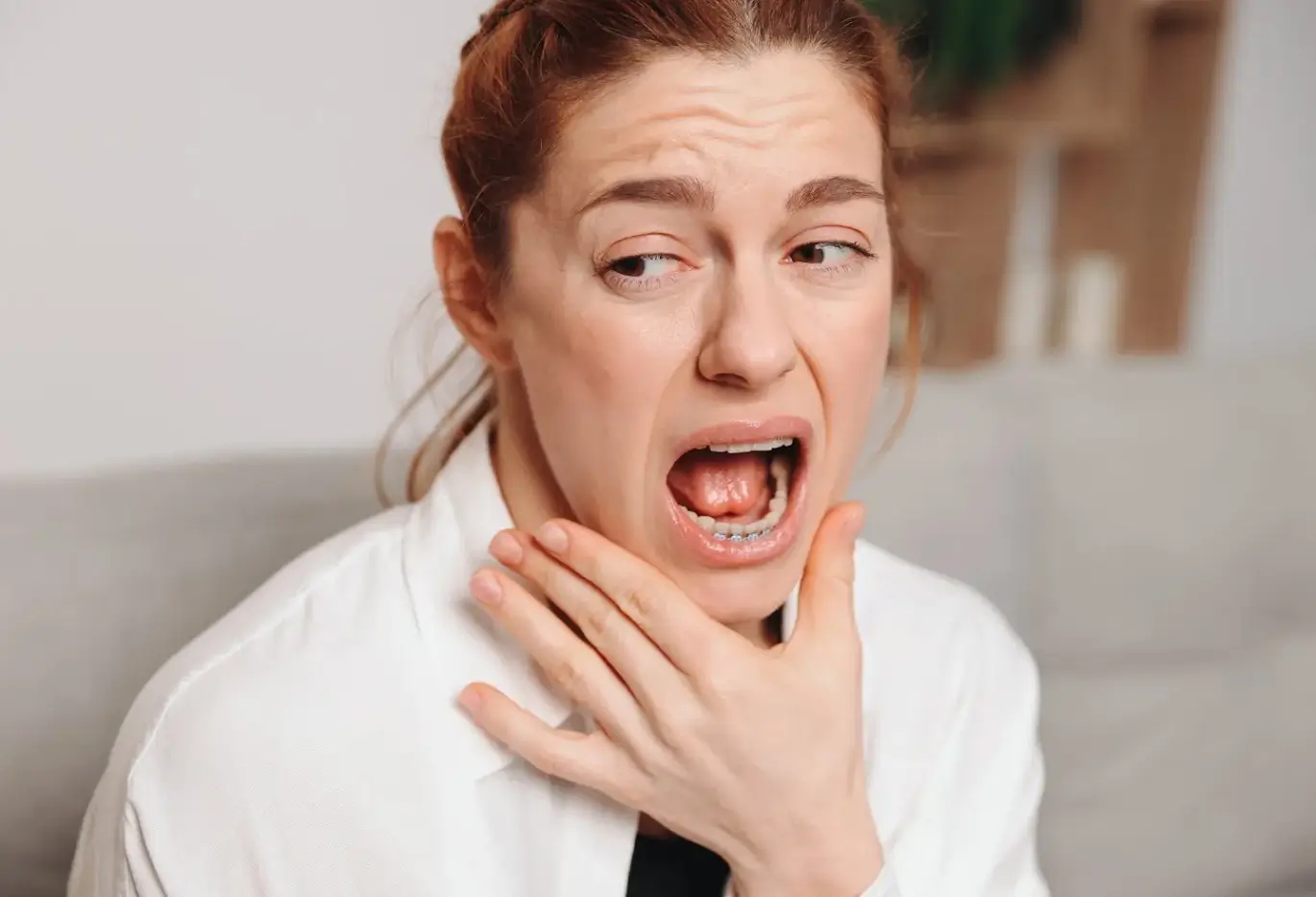The Role of Orthodontics in Treating TMJ Disorders
Do you experience frequent jaw pain, clicking sounds when you chew, or even headaches and facial discomfort? These could be signs of a temporomandibular joint (TMJ) disorder, a condition that affects the hinge-like joint connecting your jaw to your skull.
Many people are unaware that orthodontic treatment for TMJ disorders can help alleviate these symptoms. While orthodontics is primarily known for straightening teeth, it also plays a significant role in improving jaw alignment and bite function—both of which can have a profound impact on TMJ health.
Let’s dive into how orthodontic interventions can reduce TMJ-related discomfort and improve overall oral function.
Understanding TMJ Disorders
The temporomandibular joint (TMJ) allows your jaw to move smoothly when you chew, speak, or yawn. When this joint is misaligned or under strain, it can lead to temporomandibular joint disorder (TMD), causing a variety of symptoms, including:
- Jaw pain or tenderness
- Clicking or popping sounds when opening/closing your mouth
- Frequent headaches or migraines
- Difficulty chewing or jaw locking
- Ear pain or ringing (tinnitus)
- Facial fatigue or muscle tension
There’s no single cause of TMD, but common contributing factors include:
- Misaligned bite (malocclusion)
- Teeth grinding (bruxism)
- Jaw injuries or trauma
- Arthritis affecting the TMJ
- Stress-related muscle tension
One of the most effective ways to address TMJ issues is by correcting bite misalignment through orthodontic treatment. But how exactly does this work?
The Effect of Orthodontic Treatment on TMJ Disorders
Orthodontic treatment can help relieve TMJ symptoms by improving the way your teeth and jaw fit together. When your bite is properly aligned, there’s less strain on the jaw joint, reducing pain and discomfort.
Here’s how orthodontic solutions can benefit TMJ sufferers:
1. Correcting Bite Misalignment
A bad bite (malocclusion)—where the upper and lower teeth don’t fit together properly—can put excessive stress on the TMJ. Orthodontic treatment for TMJ can:
- Align the teeth to create a more natural bite
- Distribute chewing forces evenly
- Reduce unnecessary strain on the jaw joint
Common bite issues that may contribute to TMJ disorders include:
- Overbites
- Underbites
- Crossbites
- Open bites
By using braces or clear aligners, an orthodontist can gradually shift the teeth into a more balanced position, easing TMJ tension.
2. Reducing Teeth Grinding & Clenching
Bruxism (chronic teeth grinding or jaw clenching) is a common cause of TMJ pain. Misaligned teeth can contribute to this habit, as your jaw struggles to find a comfortable resting position.
Orthodontic treatment can:
- Improve bite stability, reducing the urge to grind
- Decrease stress on the jaw muscles
- Prevent enamel wear and further jaw damage
For some patients, a nightguard may also be recommended to protect teeth from grinding while orthodontic treatment corrects the underlying issue.
3. Improving Jaw Alignment
In more severe cases, TMJ disorders may be caused by skeletal misalignment rather than just tooth position. In these situations, orthodontic treatment—sometimes combined with jaw surgery (orthognathic surgery)—can reposition the jaw for:
- Better function
- Less strain on the TMJ
- Reduced muscle tension and facial pain
Not all TMJ cases require surgery, but an orthodontist can assess whether braces, aligners, or other interventions might be enough to relieve symptoms.
4. Enhancing Muscle Balance & Jaw Function
When teeth and jaws are misaligned, the surrounding muscles often compensate by working harder, leading to:
- Chronic jaw tension
- Facial fatigue
- Headaches
By realigning the bite, orthodontic treatment helps restore muscle balance, allowing the TMJ to function more naturally and comfortably.
Types of Orthodontic Treatments for TMJ Disorders
The right orthodontic approach depends on the severity of your TMJ issues. Common treatments include:
1. Braces (Metal or Clear)
Braces gradually shift the teeth into an optimal position, correcting bite problems that contribute to TMJ discomfort.
- Ideal for severe misalignment
- Effective for long-term jaw stabilization
- Can be used in combination with other treatments (e.g., physical therapy, splints)
2. Clear Aligners (Like Spark®)
Clear aligners offer a discreet way to realign the teeth and improve bite function.
- Great for mild-to-moderate TMJ-related misalignment
- Removable for added convenience
- Often preferred by adults who want a subtle treatment option
3. Bite Splints or Orthotic Devices
In some cases, custom-made oral appliances (such as a bite splint) may be used to:
- Prevent grinding and clenching
- Reduce pressure on the TMJ
- Allow the jaw to rest in a more natural position
These can be worn alone or alongside braces or aligners for a comprehensive TMJ treatment plan.
4. Jaw Expansion or Orthognathic Surgery
For patients with severe jaw misalignment, orthodontics may be paired with jaw expansion techniques or surgical procedures to:
- Widen the upper jaw (if too narrow)
- Reposition the lower jaw (if too far forward or backward)
- Provide long-term relief from TMJ discomfort
Is Orthodontic Treatment for TMJ Right for You?
If you’re struggling with TMJ pain, an orthodontic evaluation can help determine the cause of your symptoms. Addressing TMJ disorders sooner rather than later can prevent worsening symptoms and long-term damage to your teeth and jaw.
Signs You May Benefit from Orthodontic Treatment for TMJ:
- Persistent jaw pain or discomfort
- Frequent headaches, especially in the morning
- Clicking, popping, or locking of the jaw
- Difficulty chewing or an uneven bite
- Teeth grinding (bruxism)
Living with TMJ discomfort can be frustrating, but you don’t have to suffer in silence. Orthodontic treatment may be the key to relieving your pain and improving jaw function.
At Advanced Orthodontic Specialists, our expert team is here to guide you through the best options for your unique needs. Let’s work together to find the most comfortable, effective solution for your TMJ symptoms!



